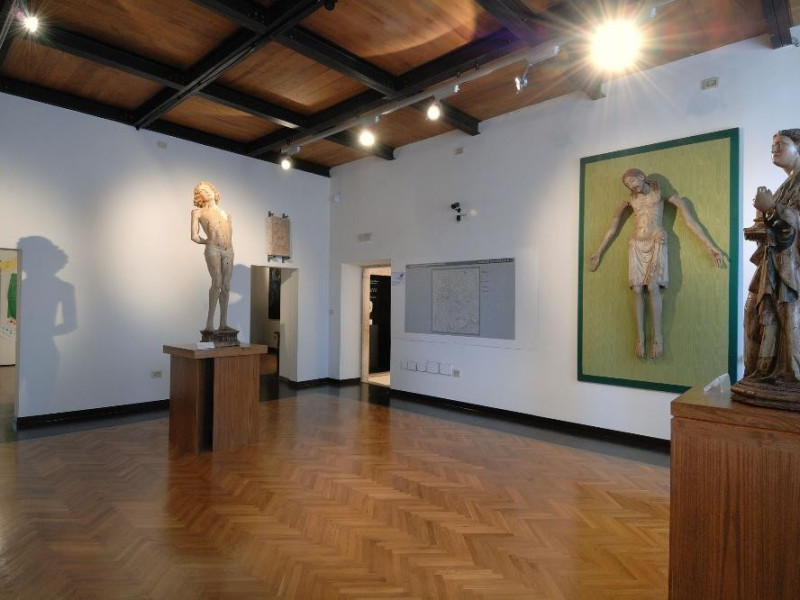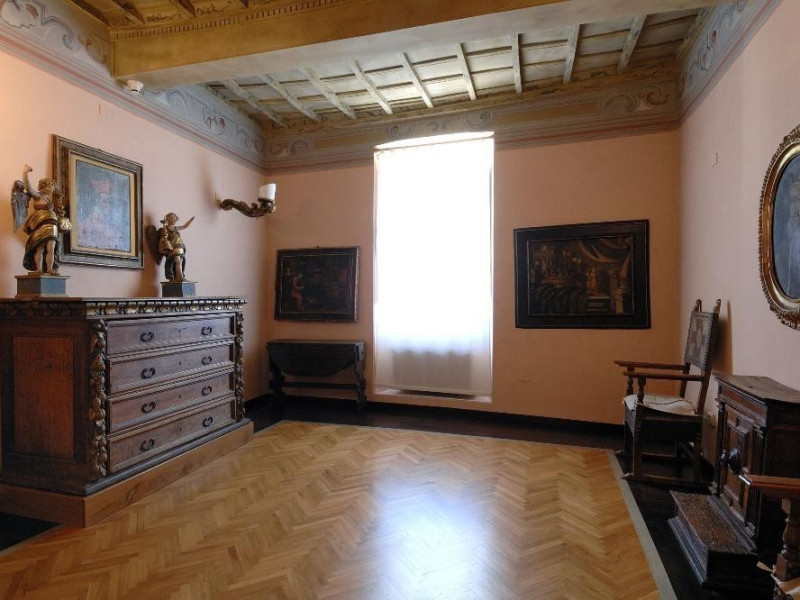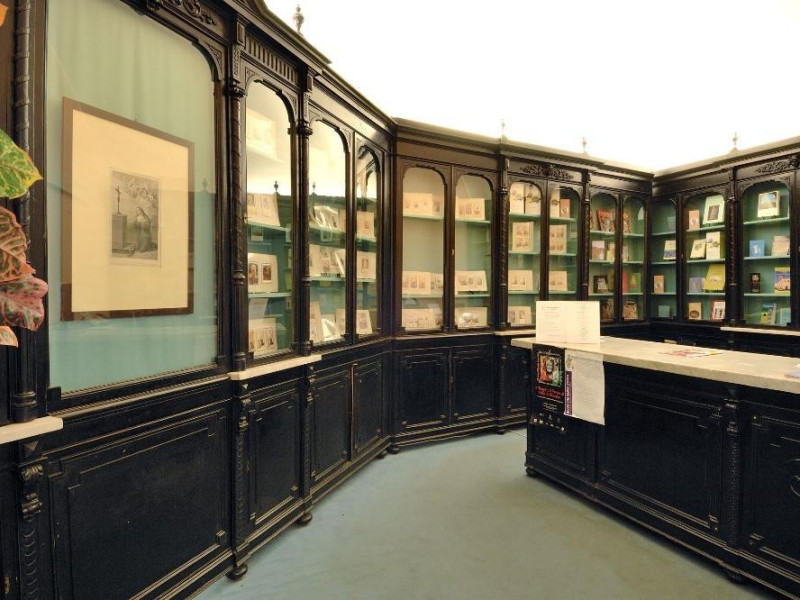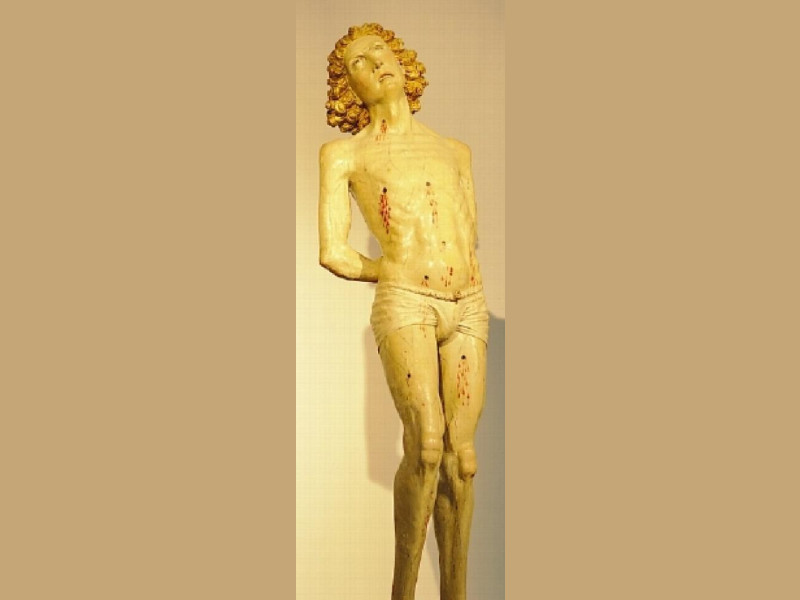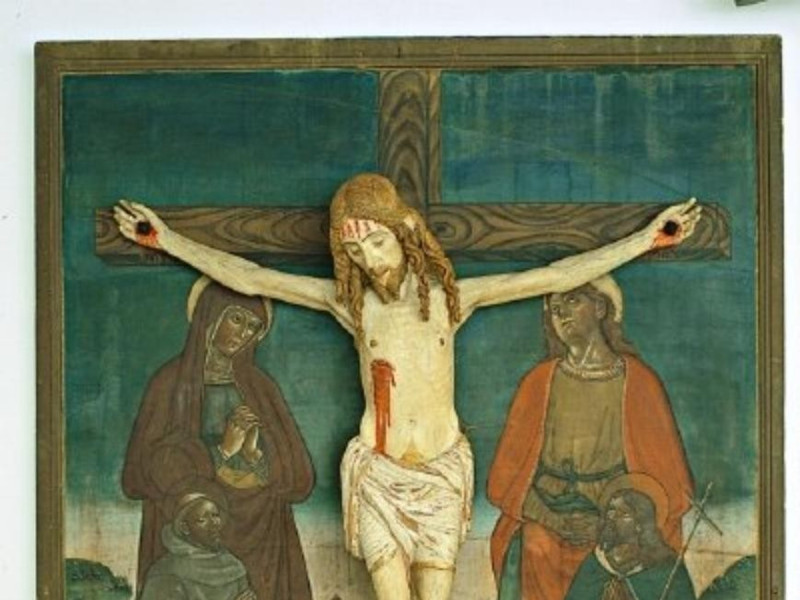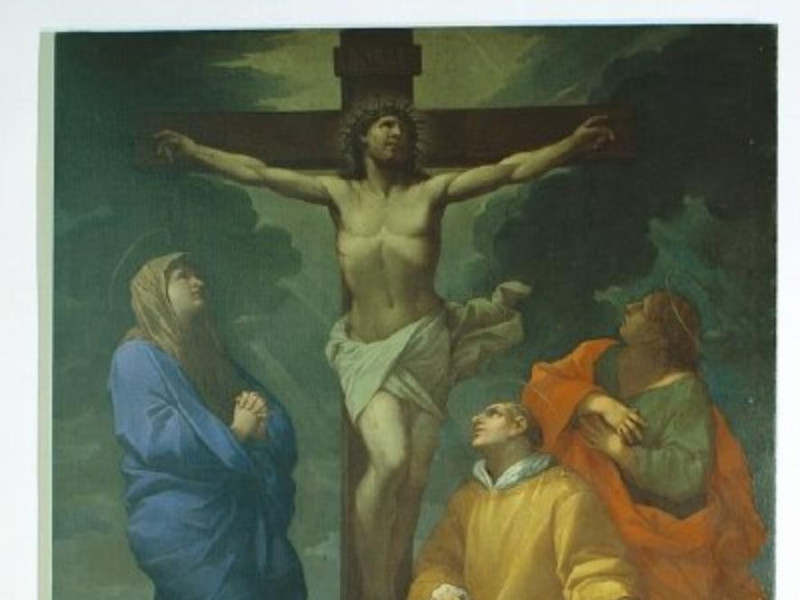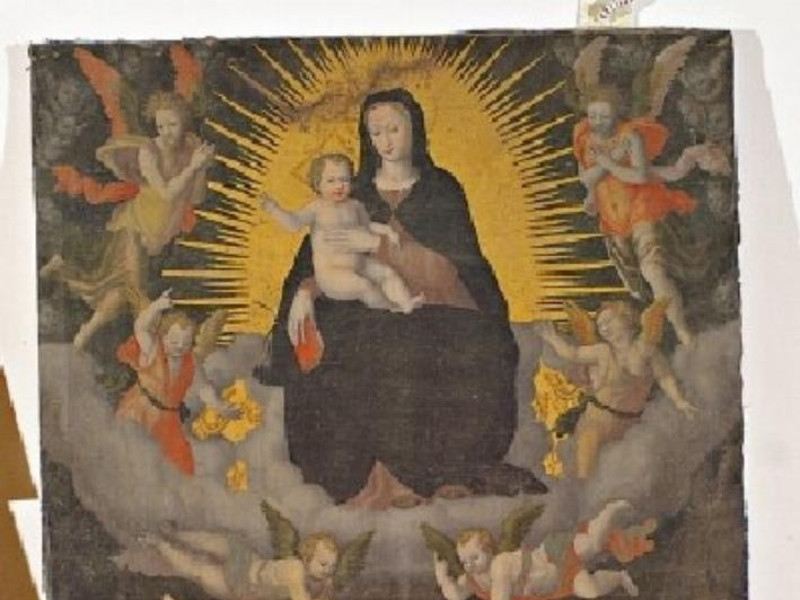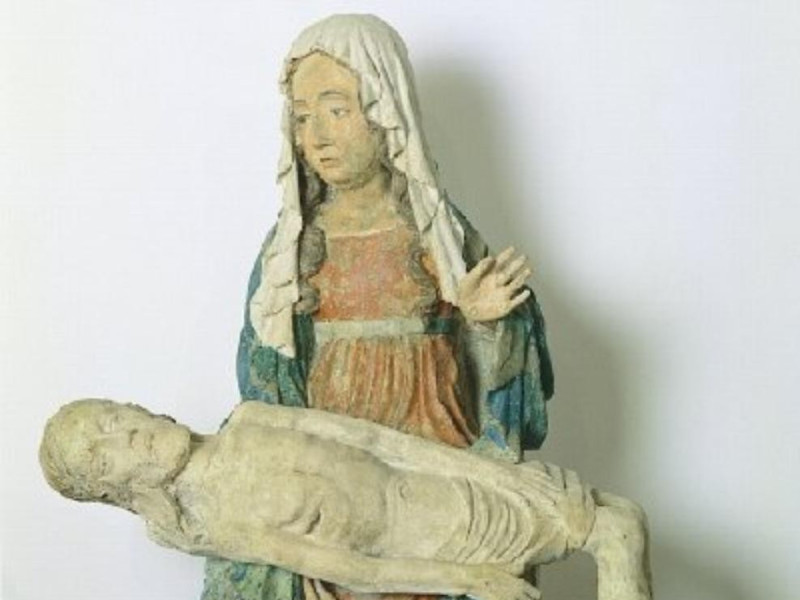Luogo - Museum
Museo comunale di Palazzo Santi
Where
Via Gaetano Palombi, Cascia (Perugia)
The Civic Museum of Palazzo Santi
Palazzo Santi stands in the historical center of Cascia, in the higher part of the main square dedicated to the Italian politician Aldo Moro.
This palace that once was the city residence of the wealthy family of the Santi—who reached the height of their economical success and political prestige at the beginning of the 17th century—hosts the Museo Comunale. It was Pierluigi Santi, the most influential member of this family, who ordered the restoration work and the partial re-building of the building between 1600 and 1601, which had been severely damaged by the earthquake of 1599.
The visit to the Museo Comunale di Palazzo Santi is part of Cascia’s Museum Circuit, together with the nearby Chiesa-Museo di Sant’Antonio Abate. The Museum was inaugurated in 1997, and exhibits materials mainly coming from the surrounding territory. On the Ground Floor—where there is the Ticket Office that is also a Bookshop furnished with furniture and fittings of an old Pharmacy of the town—a hall introduces two rooms used for the archaeological collection, and in one of them it is possible to observe the funerary items collected in the Hellenistic tomb—3rd-2nd centuries B.C.—found in the nearby locality of Maltignano. On the Main Floor, the most valuable works of the collection are displayed, following a typological criterion. In particular, the collection of sculptures, which includes wooden works, works in terracotta, plaster and stone—dating between the 13th and 15th centuries—stands out for its fine quality. Among them it is worth mentioning the Madonna from Poggioprimocaso—also called The Pink Madonna—that is a monumental example of the flourishing production of wooden sculptures of polychrome Madonnas, which the territory is rich with.
A section of the Museum is dedicated to paintings, works of Lazzaro Baldi and Domenico Corvi. A small room is dedicated to Cardinal Fausto Poli, the powerful secretary of Pope Urban VIII, who was born in this area.
The collection can also boast a Vesperbild plasterwork of the 15th century. The Vesperbild is an iconographical representation of the Pieta—associated with the Mendicant Orders and mystical milieu—of Franco-German origins in the Rhine area. The numerous samples of the kind are still preserved today in Umbria, from Spoleto to Visso and from Preci to Narni. They make you think of the existence of specialized workshops in the territory.
